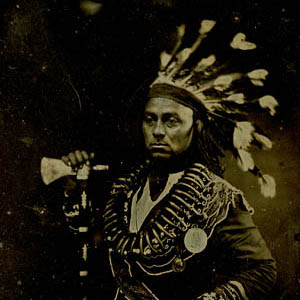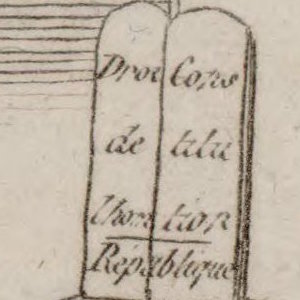Military

Framing Canada: A Photographic Memory
The images, dating from 1843 to the mid-20th century, come from government, commercial, and private sources.
Drowning in the Loire by Order of the Fierce Carrier
On 6–7 December 1793, Jean–Baptiste Carrier, a deputy sent by the Convention to suppress the insurrection at Nantes, accepted, if he did not in fact welcome, a measure proposed by the local Revolutionary Tribunal to fill seven boats with an estimated 200–300 prisoners (not all of them yet convict

Fusillades at Lyon, Ordered by Collot–D’Herbois
Lyon’s rebellion against the central government in September 1793 had terrible repercussions that seemed only to worsen with the initiation of collective trials and immediate executions by firing squad.

Siege and Taking of the City of Lyon
In September 1793, in response to the unwillingness of the municipal government of Lyon to enforce the legislature’s laws, the Republic sent the deputies and Committee of Public Safety members Georges Couthon and Jean–Marie Collot d’Herbois with a republican army to lay siege to the city and dest

The Counterrevolution
This cartoon mocks all the leading figures of the "Counterrevolution," including the former royal family and its blood relatives, plus the clergy, the nobility, and specific individuals, such as Mirabeau, who had supported the monarchy in the early years of the Revolution.

Tyranny Tremble
A very potent image associating France's revolutionary war with an attack on tyrants. Contemporaries would have understood the target, "tyrants," to be the monarchs.

Sword of Sieyès
This ceremonial sword, created for one of the directors in 1799, is presented symbolically as an instrument to defend the "people." Indeed, the war effort was waged for the populace against the perceived injustices of the old regime and its remnants in and outside of France.

Sword Hilt with Revolutionary Icons—Liberty
This sword, an actual artifact of the revolutionary wars, shows how strongly French officers and soldiers believed themselves to be fighting for the defense of liberty, which is represented by the woman holding the balance and by the Phrygian bonnet on a pike, both visible in the hilt.

Noble Act of 500,000 Republicans
The revolutionary wars, which would continue in one form or another until Napoleon’s defeat in 1815, were different from other conflicts in early modern Europe.

Jemmapes, 6 November 1792
This engraving of the battle of Jemappes, preromantic in its composition and style, depicts a group of French citizen–soldiers bravely risking themselves under the banner of liberty and overcoming all foes in marching to victory—a motif that would become common in the nineteenth century.